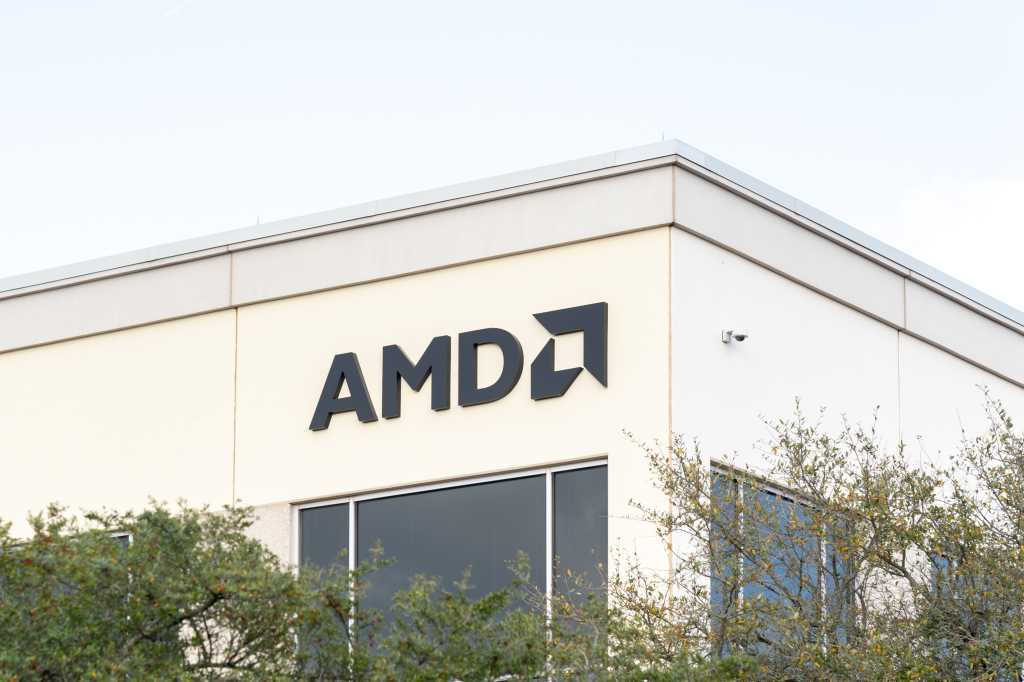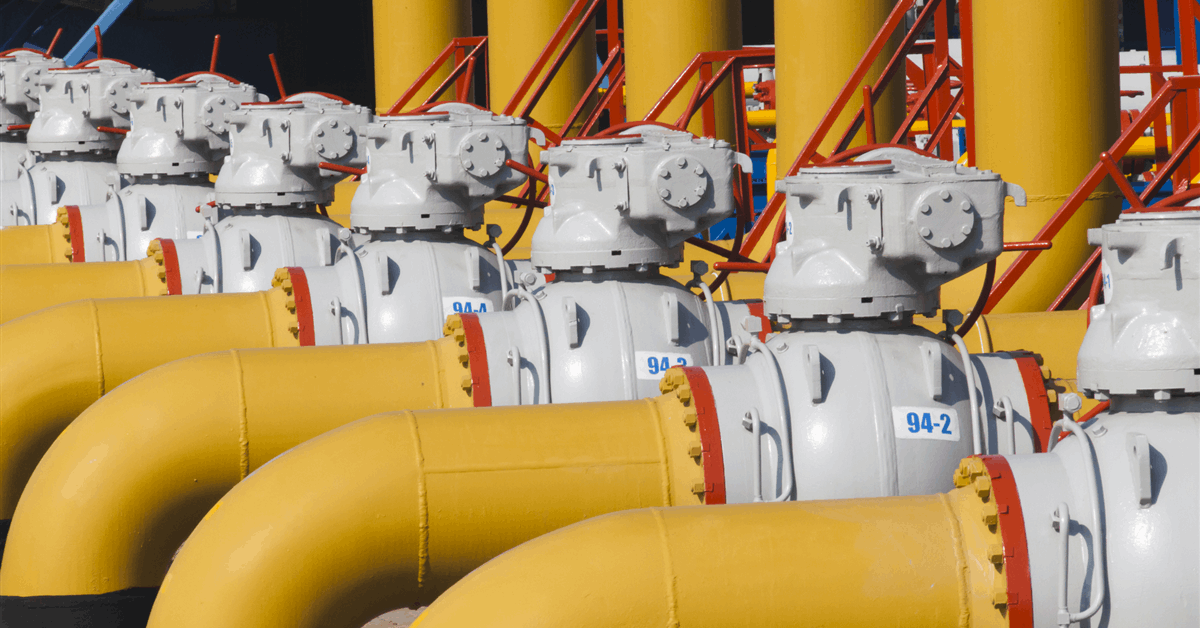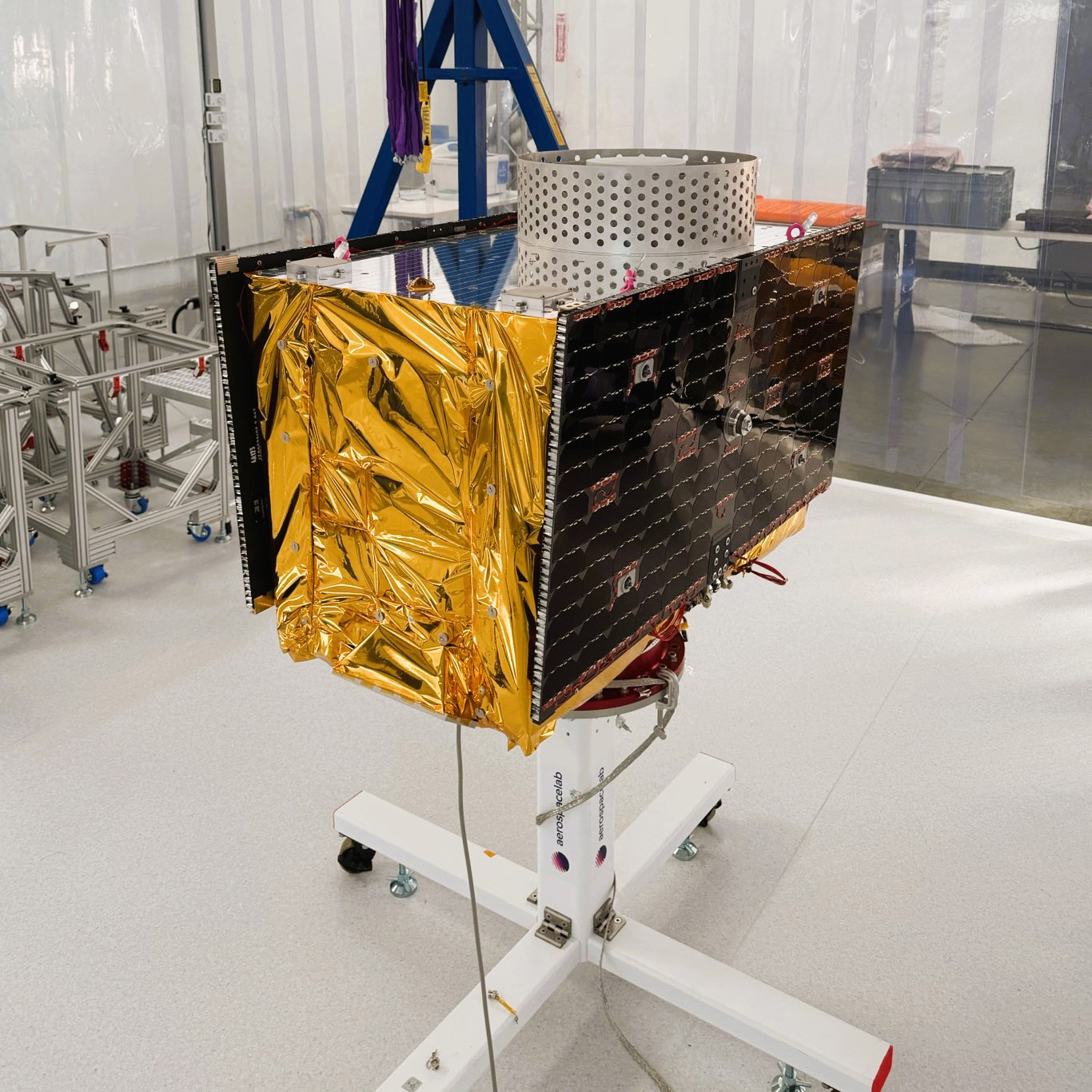
Shell Plc is working with advisers to evaluate a potential acquisition of BP Plc, though it’s waiting for further stock and oil price declines before deciding whether to pursue a bid, according to people familiar with the matter.
The oil major has been more seriously discussing the feasibility and merits of a BP takeover with its advisers in recent weeks, the people said, asking not be identified because the information is private.
Any final decision will likely depend on whether BP stock continues to slide, the people said. Shares of BP have already lost nearly a third of their value in the last 12 months as a turnaround plan has fallen flat with investors and oil prices tumbled. Shell may also wait for BP to reach out or for another suitor to make a first move, and its current work could help it get prepared for such a scenario, some of the people said.
Deliberations are in the early stages and Shell may opt to focus on share buybacks and bolt-on acquisitions rather than a megamerger, they said. Other large energy companies have also been analyzing whether they would want to bid for BP, the people said.
“As we have said many times before, we are sharply focused on capturing the value in Shell through continuing to focus on performance, discipline and simplification,” a spokesperson for Shell said in an emailed statement. A representative for BP declined to comment.
A successful combination of Shell and BP would be one of the oil industry’s largest-ever takeovers, bringing together the iconic British majors in a deal that’s been discussed on and off for decades. The companies were once close rivals – with a similar size, reach and global clout – but their paths have diverged in recent years.
Shell’s stock is down about 13 percent in London trading over the last 12 months, giving the company a market value of GBP 149 billion ($197 billion). That’s more than double the GBP 56 billion market capitalization of BP.
BP has been battling prolonged underperformance stemming in large part from a net-zero strategy embraced by its former Chief Executive Officer Bernard Looney. His successor, Murray Auchincloss, announced a reset in February that included a pivot back to oil, cuts to quarterly share buybacks and promises to sell assets.
US President Donald Trump’s trade war and a surprise acceleration in supply by OPEC+ has since pushed Brent crude well below $70 a barrel – the price assumption for BP’s financial targets. The group on Saturday agreed to yet another output surge in June, a move that looks set to deepen the rout in crude futures.
Investors are growing impatient. Activist firm Elliott Investment Management has gone public with a 5 percent holding in BP and is calling on the company to consider more transformative measures.
Elliott views BP’s plan as lacking ambition and urgency, and believes it could potentially expose the company to a takeover, Bloomberg News reported in April.
Under CEO Wael Sawan, Shell has also been cutting costs, shedding poorly performing renewables units and refocusing on fossil fuels. While Shell’s stock has outpaced that of Chevron Corp. and Exxon Mobil Corp. in recent years, the company’s valuation has yet to match those of its big oil rivals in the US.
Sawan told analysts Friday that Shell will “of course” keep looking at inorganic opportunities but will be prudent and “the bar is high.” Any deal would need to add to free cash flow per share in a relatively short period, he said.
“I have said in the past that we want to be value hunters. Today, value hunting – in my view – is buying back more Shell” stock, Sawan said on the conference call.
He added that “we have to have our own house in order” before looking at sizable acquisitions, and that the company has “more work to do” to reach its full potential despite the progress it’s made over the past couple years. Shell is doing deals where it has the capability to create value, such as with its purchase of liquefied natural gas trader Pavilion Energy Pte, Sawan said.
A successful takeover of BP could bolster Shell’s output growth by allowing the company to regain exposure to the US, after it sold its Permian Basin shale assets to ConocoPhillips in 2021. Any transaction would likely dwarf Shell’s 2016 acquisition of BG Group, a deal that was valued at close to $50 billion.
WHAT DO YOU THINK?
Generated by readers, the comments included herein do not reflect the views and opinions of Rigzone. All comments are subject to editorial review. Off-topic, inappropriate or insulting comments will be removed.
MORE FROM THIS AUTHOR
Bloomberg






















